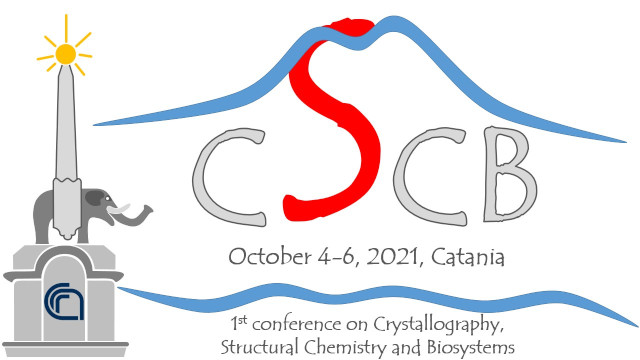Speaker
Description
Drug-induced blockade of the human ether-à-go-go-related gene (hERG) channel is today considered the main cause of cardiotoxicity in post-marketing surveillance. Hence, several ligand-based approaches were developed in the last years and are currently employed in the early stages of a drug discovery process for in silico cardiac safety assessment of drug candidates. The first structure-based classifiers able to discern hERG binders from non-binders will be presented. LASSO regularized Support Vector Machines were applied to integrate docking scores and protein-ligand interaction fingerprints. 396 models were trained and validated based on: i) high-quality experimental bioactivity information returned by 8,337 curated compounds extracted from ChEMBL (version 251) and ii) structural predictor data. Molecular docking simulations were performed by using GLIDE and GOLD software programs and four different hERG structural models, namely the recently published structures obtained by cryo-electron microscopy (PDB codes: 5VA12 and 7CN13) and two published homology models selected for comparison. Interestingly, some classifiers return performances comparable to ligand-based models in terms of accuracy (AUCMAX = 0.86±0.01) and negative predictive values (NPVMAX = 0.81±0.01) thus putting forward the herein presented computational workflow as a valuable tool for predicting hERG-related cardiotoxicity without the limitations of ligand-based models, typically affected by low interpretability and a limited applicability domain. From a methodological point of view, the study represents the first effort to develop classifiers integrating docking scores and protein-ligand interaction fingerprints, an approach ensuring significantly better accuracies than those returned by classifiers based on docking scores only (p < 0.05). Finally, the study highlights the importance of using hERG structural models accounting for ligand-induced fit effects and allowed us to select the best performing protein conformation to be employed for a reliable structure-based prediction of hERG-related cardiotoxicity.
References
1. Davies, M.; Nowotka, M.; Papadatos, G.; Dedman, N.; Gaulton, A.; Atkinson, F.; Bellis, L.; Overington, J. P. ChEMBL Web Services: Streamlining Access to Drug Discovery Data and Utilities. Nucleic Acids Res 2015, 43 (W1), W612–W620
2. Wang, W.; MacKinnon, R. Cryo-EM Structure of the Open Human Ether-à-Go-Go-Related K+ Channel HERG. Cell 2017, 169 (3), 422-430
3. Asai, T.; Adachi, N.; Moriya, T.; Oki, H.; Maru, T.; Kawasaki, M.; Suzuki, K.; Chen, S.; Ishii, R.; Yonemori, K.; Igaki, S.; Yasuda, S.; Ogasawara, S.; Senda, T.; Murata, T. Cryo-EM Structure of K+-Bound HERG Channel Complexed with the Blocker Astemizole. Structure 2021, 29 (3), 203-212.

